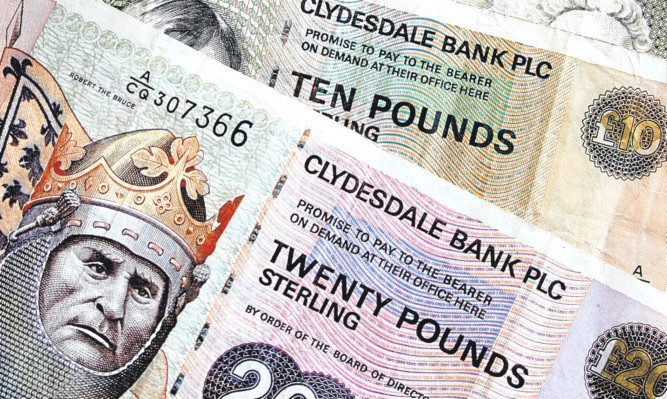Scotland is set to outperform Northern Ireland and Wales in terms of economic output but the nation’s growth remains below the UK average, according to new figures.
The latest UK Economic Outlook report from the world’s largest professional services firm, PwC, found Scotland’s gross domestic product (GDP) is projected to grow by 1.8% in 2016.
This is below the UK average of 2.2%, and far behind London at 3.1%, but ahead of Wales (1.7%), Northern Ireland (1.4%), the North-East of England (1.7%) and West Midlands (1.6%).
The report found Scotland performs strongly in terms of gross value added (GVA) per head of population – the measure of the value of goods and services provided – where it is second only to the South-East.
However, danger areas include below-average growth in employment and business formation as well as lower spending on research and development (R&D).
In line with the rest of the UK, education, health and business services are set to be the largest job creators and could add more than 2.5 million jobs by 2025, but by the same year manufacturing jobs could fall by a further 600,000 to about two million through increased automation and fierce overseas competition.
Researchers found about 150,000 jobs could also be lost in public administration, defence and social security as austerity measures continue until 2020 at least.
Lindsay Gardiner, PwC regional chairman in Scotland, said: “It is not only promising to see Scotland continuing to grow but also to look ahead and see education and health set to be large employment sectors.
“In general, the growth rate has been slow – in part due to weak consumer growth thanks to reduced spending – but exports and investment are holding their own for now.
“An area of concern for Scotland though – as has been highlighted in this report and our previous work with the Fraser of Allander Institute – is the low spending on R&D.
“This in part reflects the decline of manufacturing, where there has traditionally been high spending in R&D, but as we transition to a more digital and flexible economy, we need to accept that spending in R&D must be far higher in all sectors to encourage growth.”
